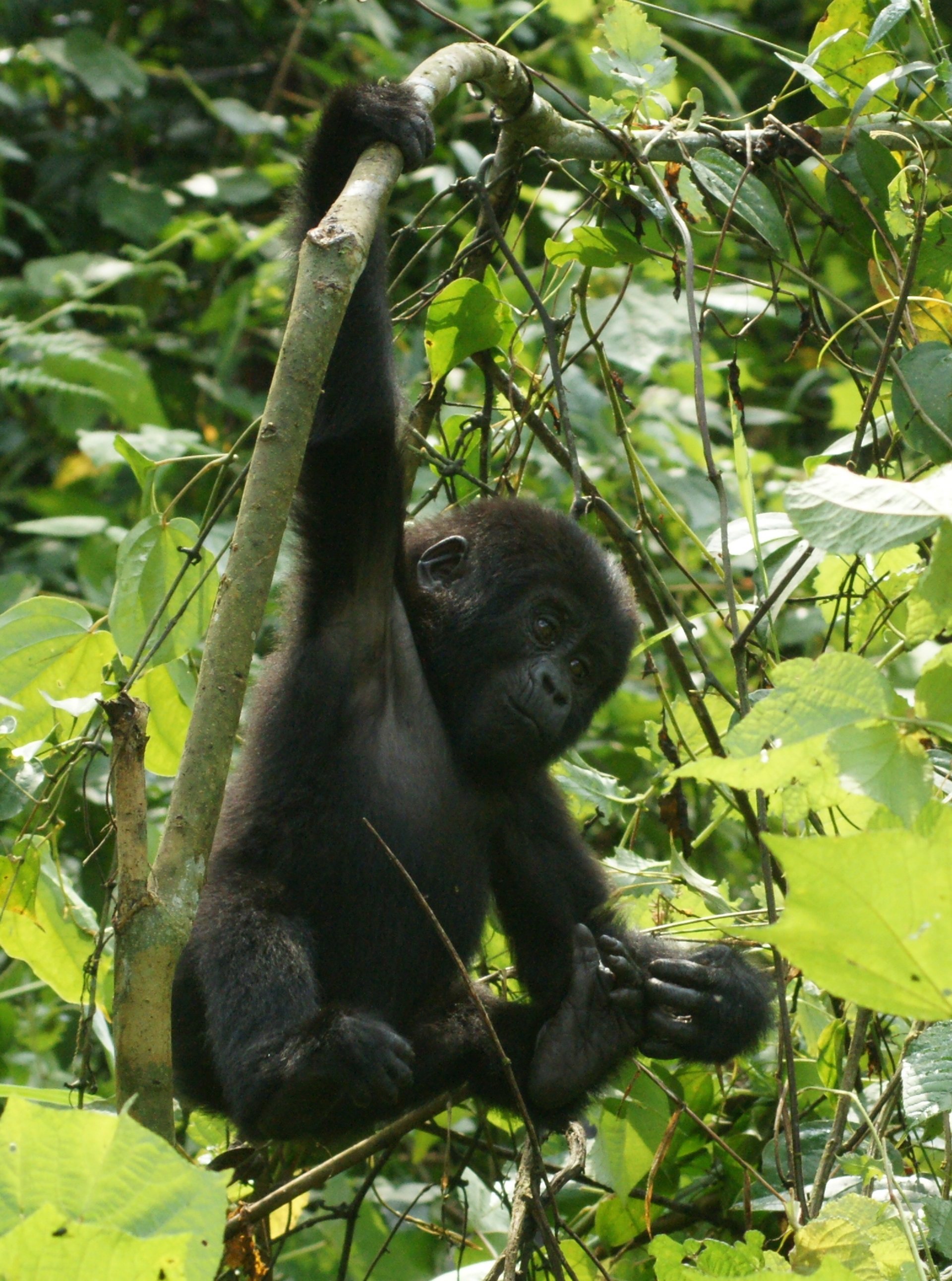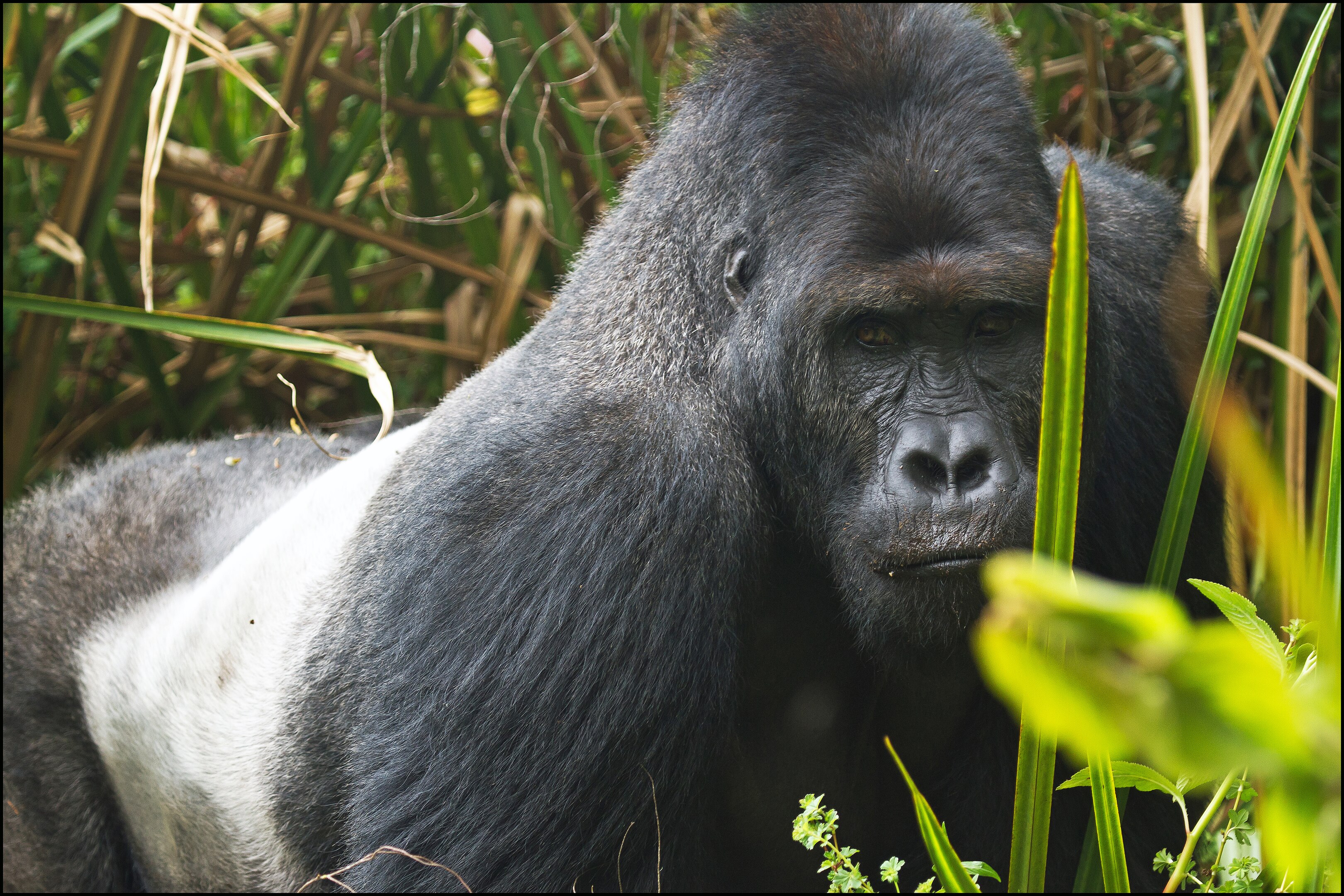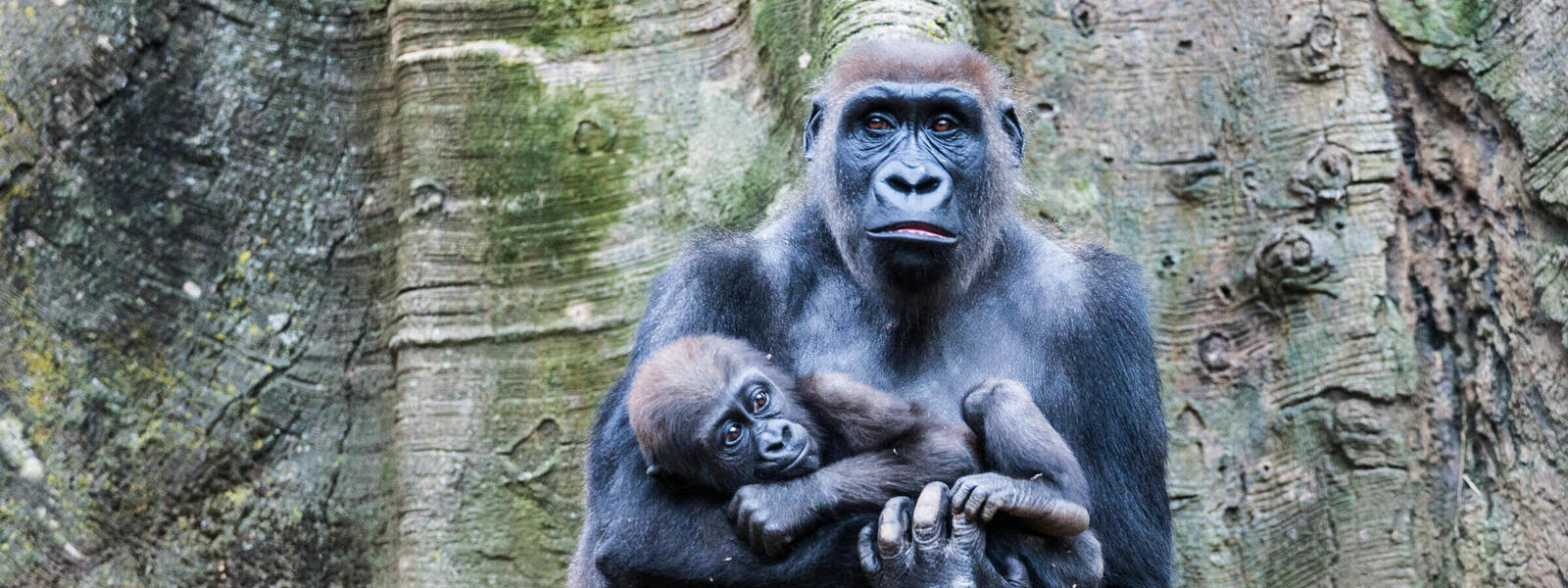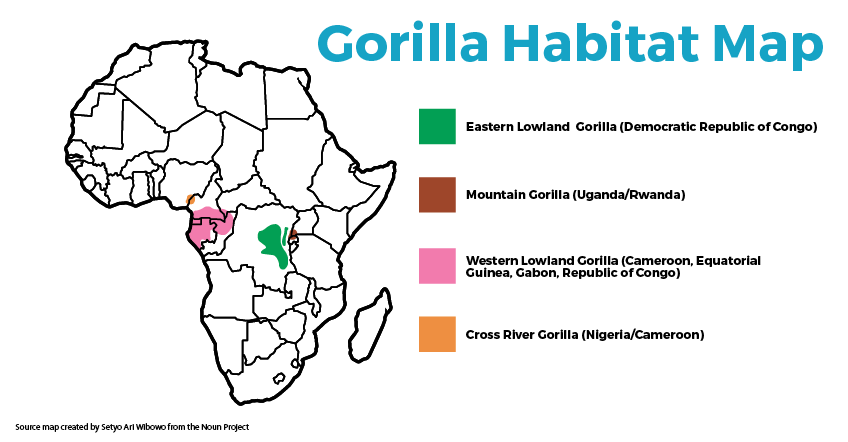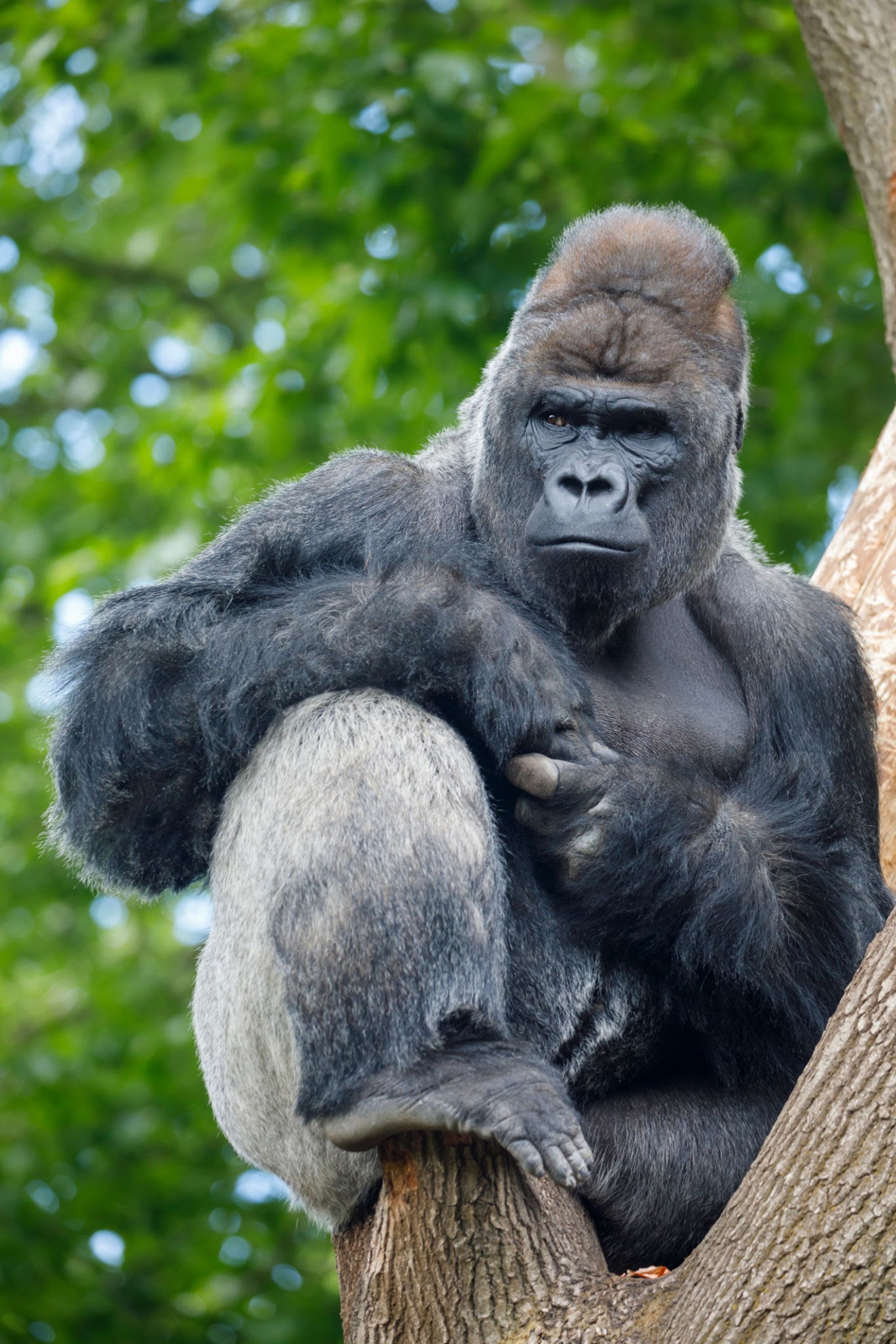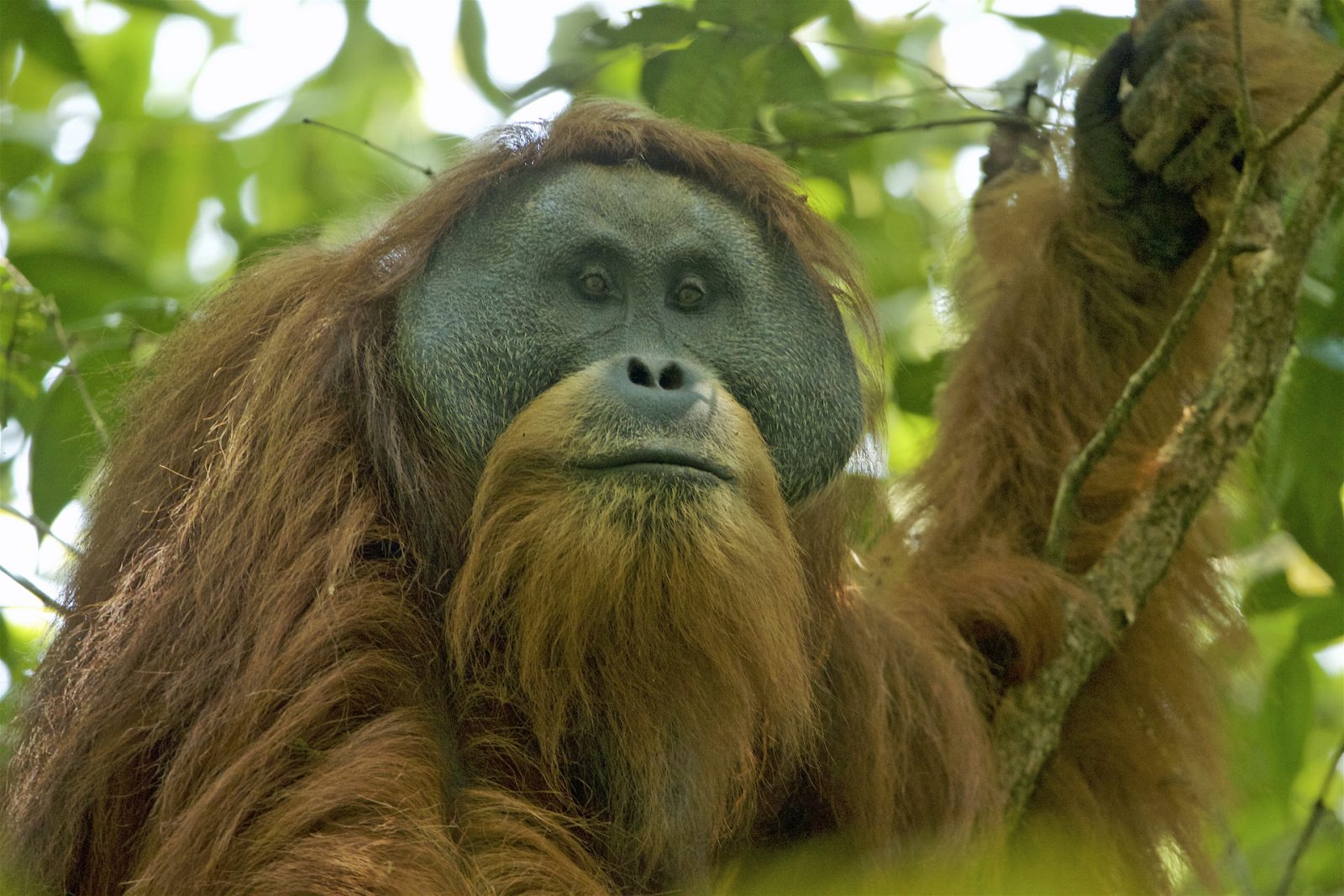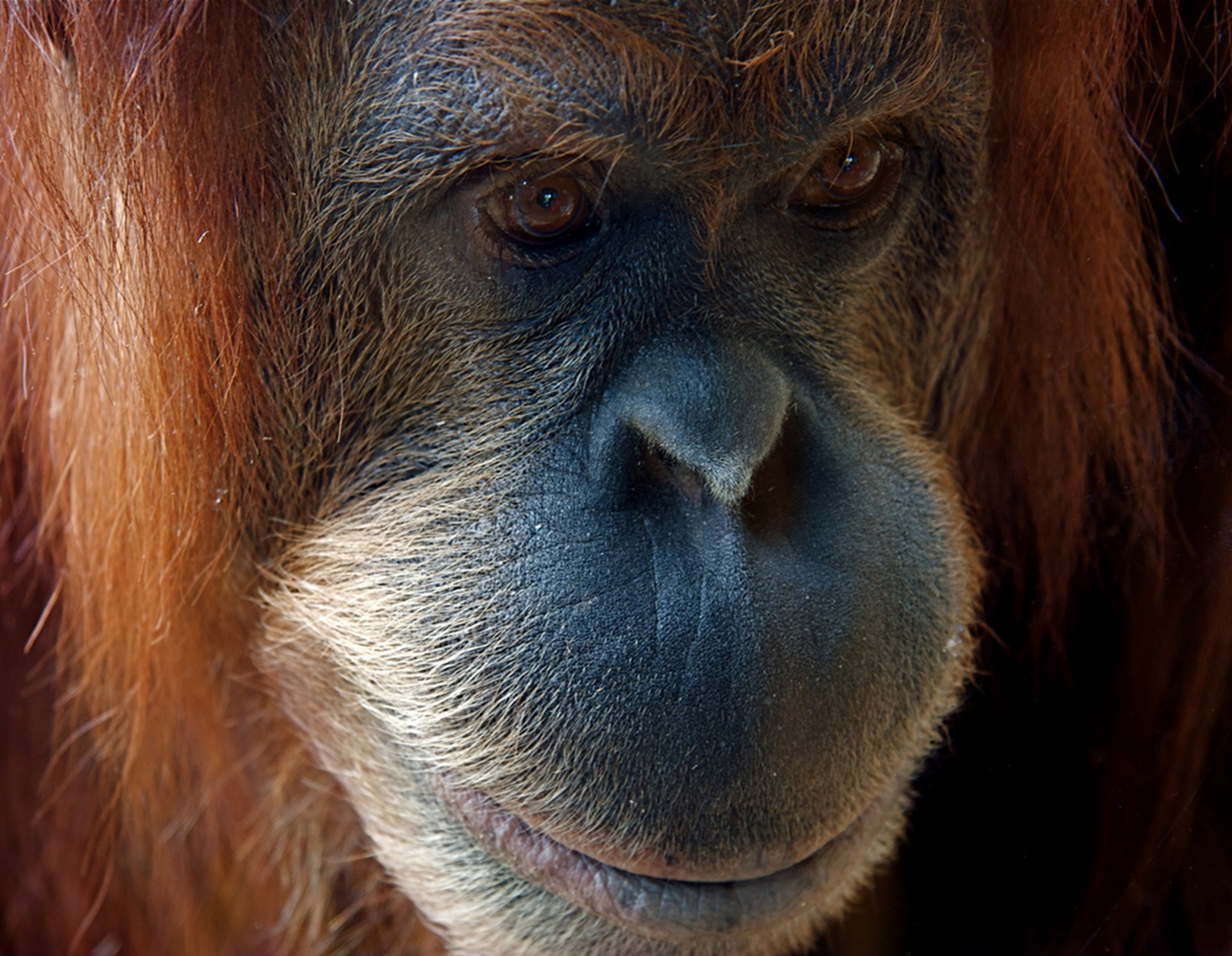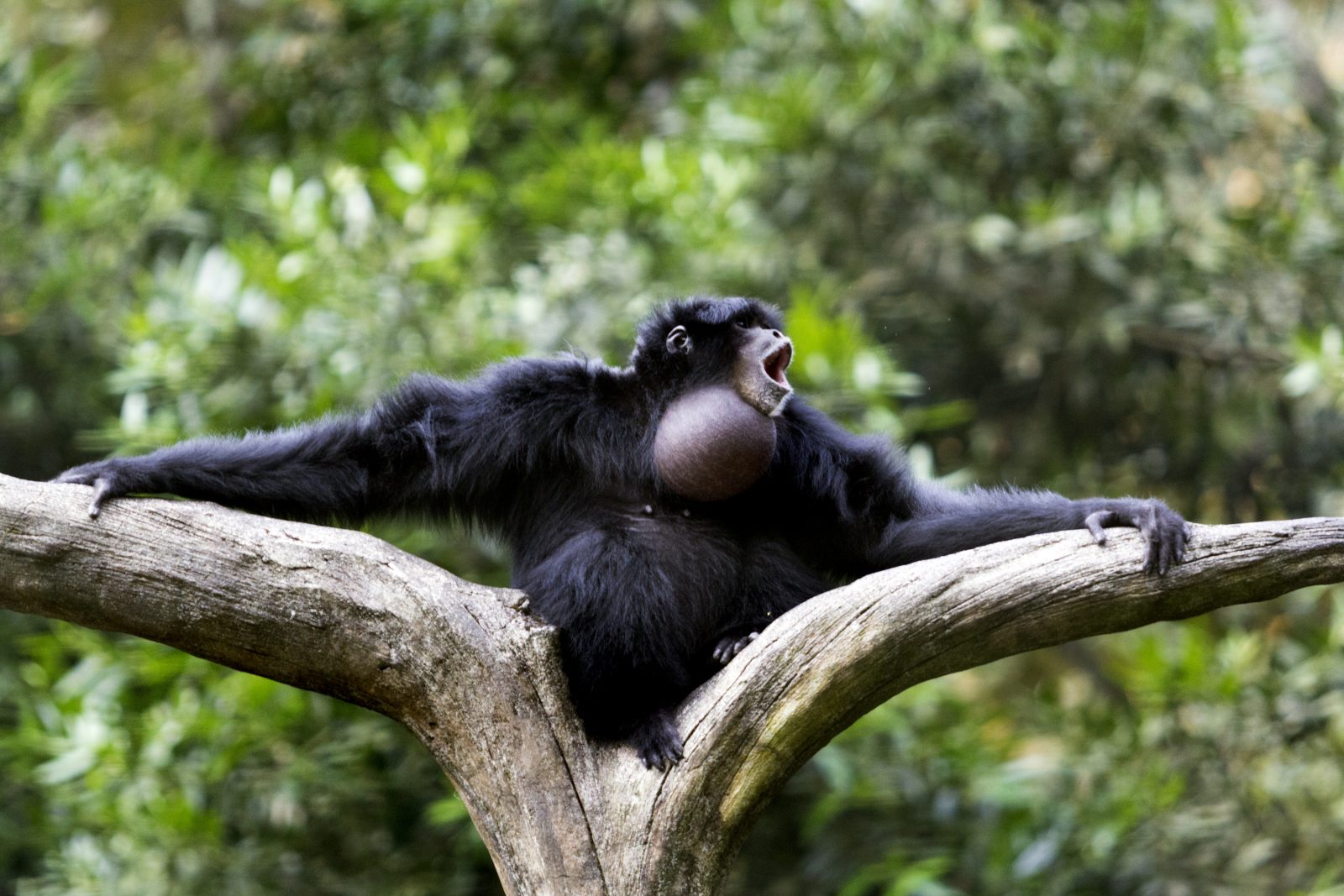
Siamong gibbons
Siamong gibbons live in the forests of Indonesia, Malaysia and Thailand. There are currently 2 recognized subspecies – one on the island of Sumatra, and the other in Malaysia. One place where the population is closely watched is in the Bukit Barisan Selatan National Park in Sumatra. Here the population was estimated to be around 22,390 individuals. This suggests that there could be hundreds of thousands of Siamang gibbon across its entire range
Estimates for the whole area are unknown, and so possible numbers vary wildly. Having said this, in 1980s an estimates of the entire population was thought to be 360,000. While it is likely to have reduced dramatically fallen in the last 40+ years, though even a 50% reduction leaves almost 200,000.
While these animals are not great apes, they are lesser apes, and are very interesting to watch. There are likely to be a great draw in places where Orangutans do not exist, such as on mainland Asia, as well as in smaller reserves that cannot support Orangutans.
This is not a species that I have written about, but if I do in the future, it will appear below. Furthermore, as we add destinations that are good for this species they will appear below the news

